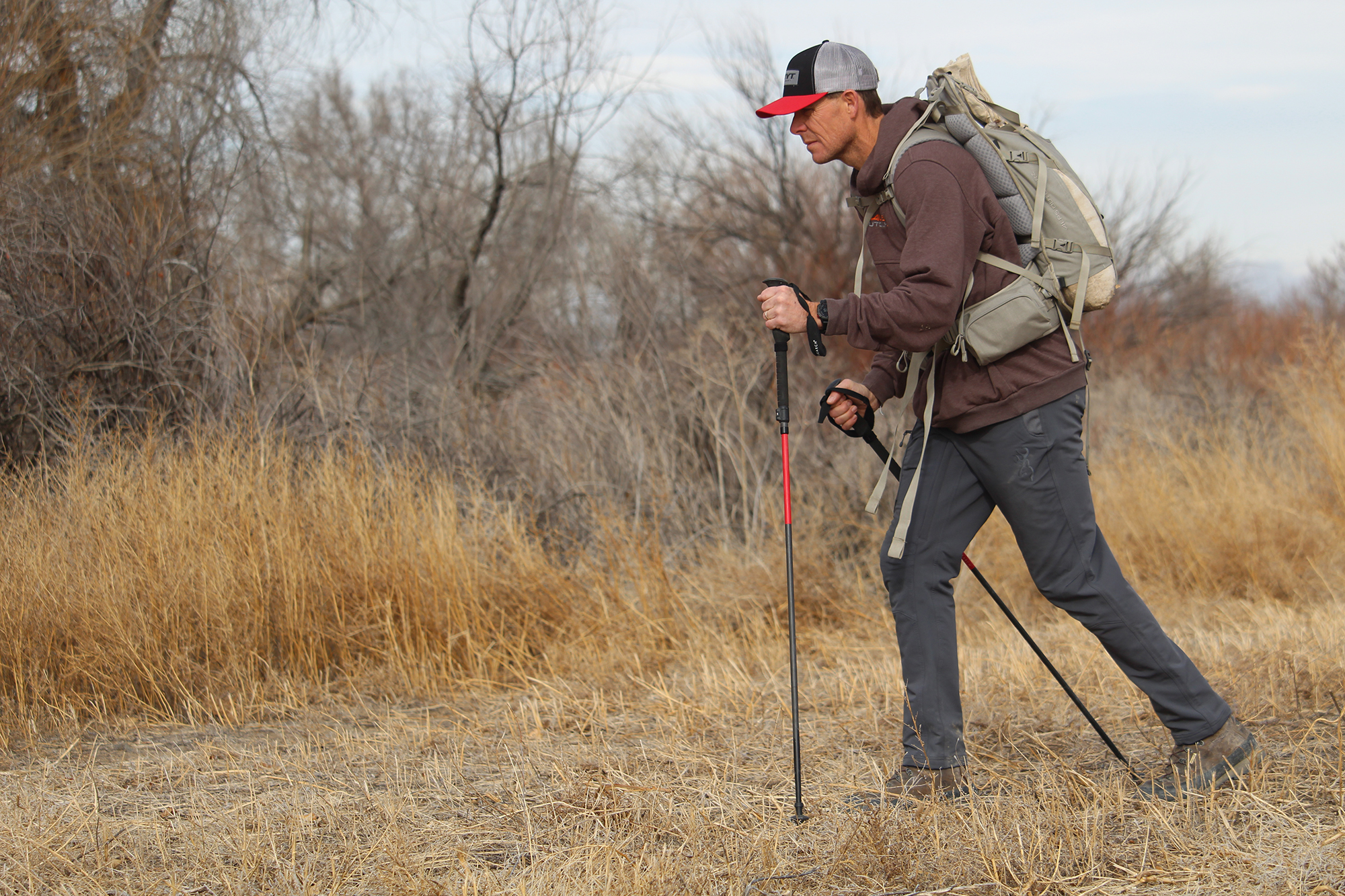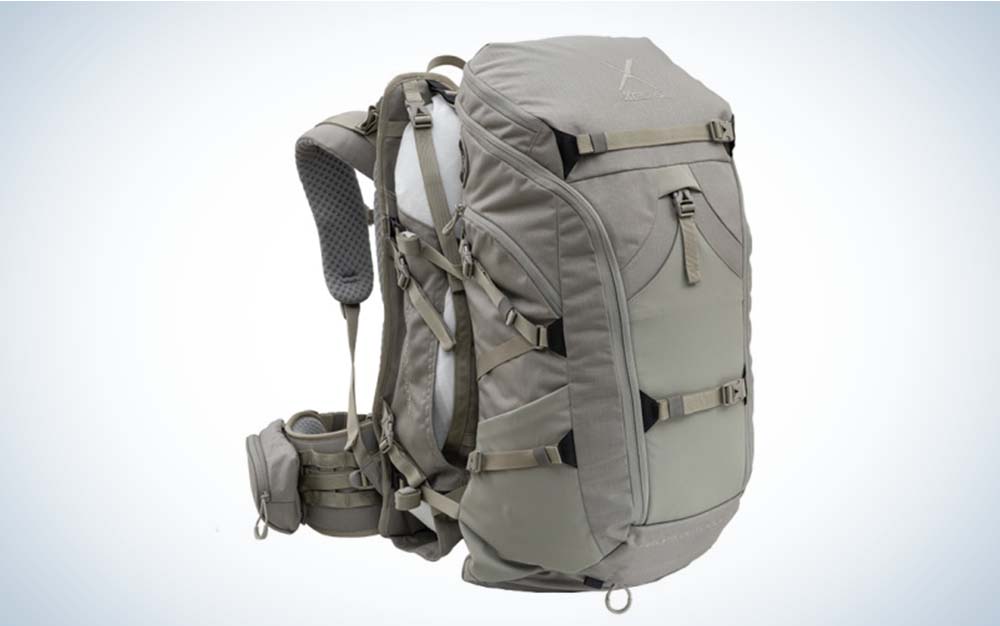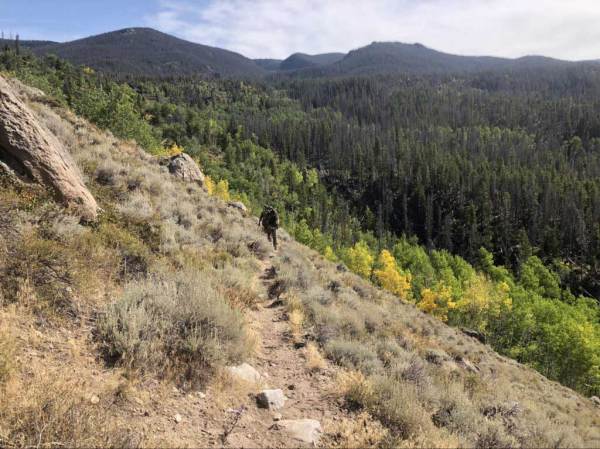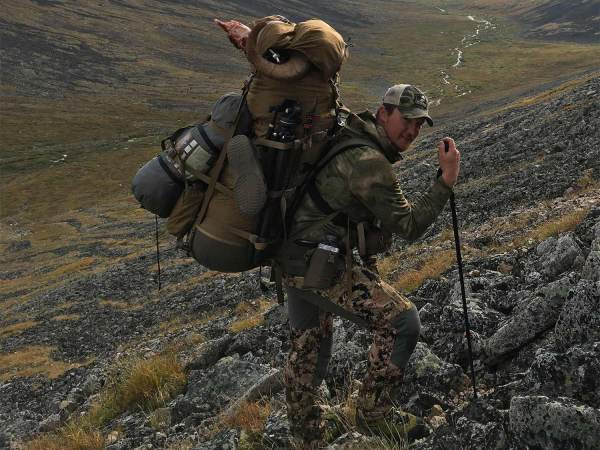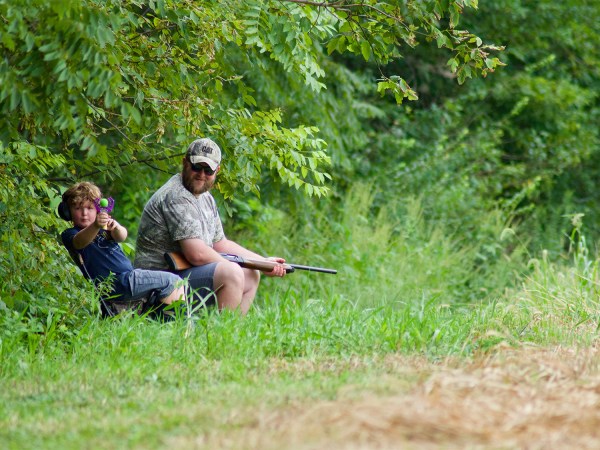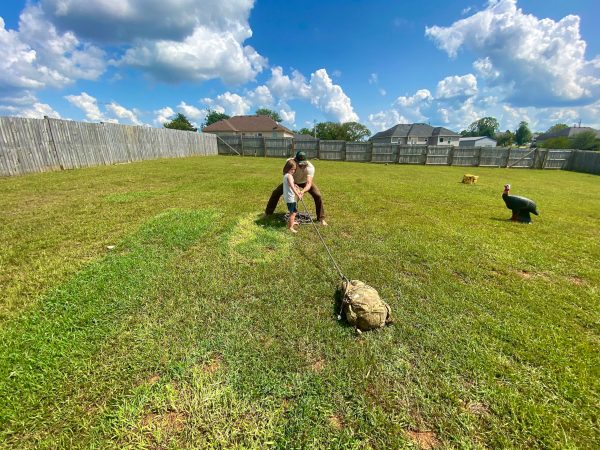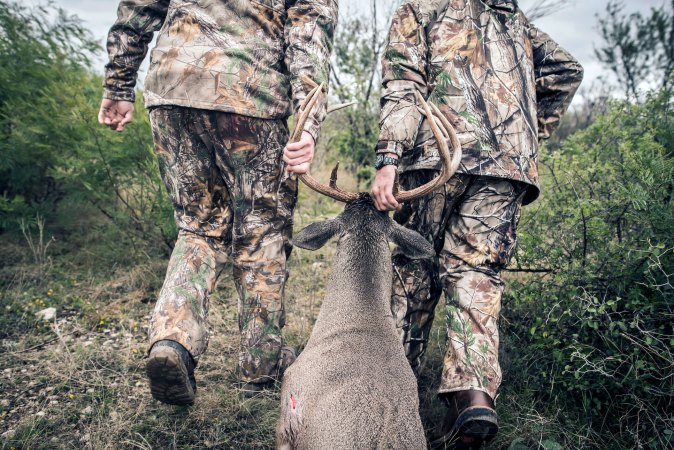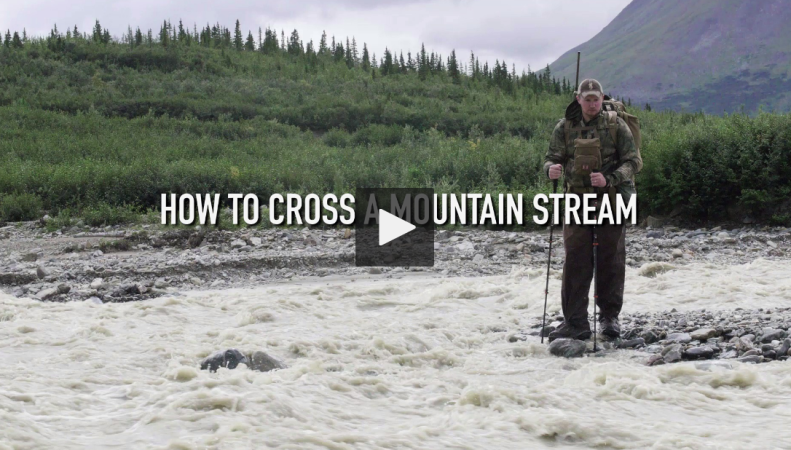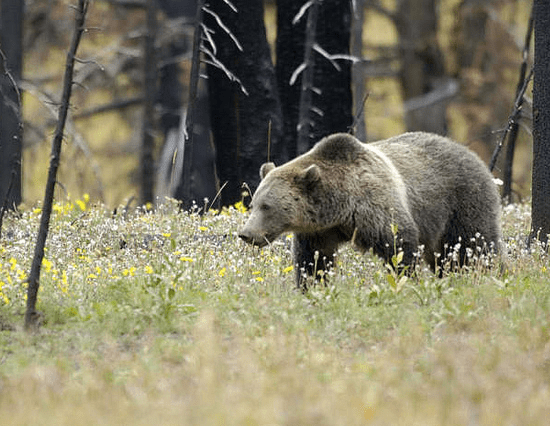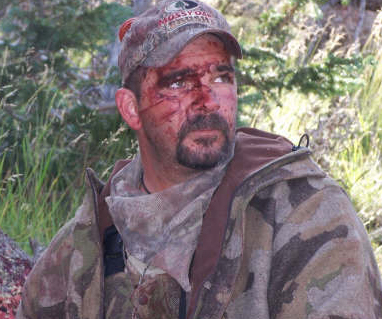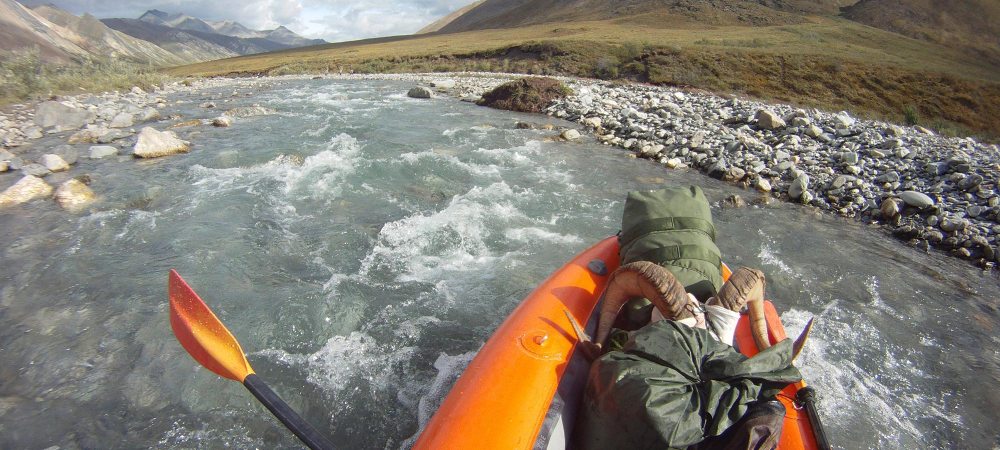I was feeling beaten and broken. With each step, my body screamed in pain, and my legs buckled under the load attached to my back. It wasn’t the pack’s fault. The 3,600-cubic-inch backpack was high quality and fitted and formed to my torso.
I’d trained like a madman throughout the spring and summer months with one goal in mind: Arrow a public-land backcountry bull. Each week, I bumped up my running mileage—many weeks pushing the legs to 70, 80, and 90 cumulative weekly miles. I entered several mountain marathons and even snagged a third-place overall finish in the Grand Mesa 100-Mile Ultra. I was in the best shape of my life. And still, I just barely made it out of the mountains that day. What went wrong?
During my seven-day mountain hunt, I discovered that my legs were solid, and I could hike like crazy. However, my back ached constantly. My backpack tipped the scales at 37 pounds with all my hunting gear, and after toting it around the hills for a few days, my back started to hurt. I hadn’t trained a single day with any pack weight. Other than making sure my pack fit well, I didn’t wear it at all. That was a huge mistake. My shoulders, lats, and lower back were smoked by day five. My legs, which had carried me to ultra-marathon success, weren’t used to toting a load. When I did get that bull down and had to haul hundreds of pounds of meat off the mountain, I paid for it in suffering.
This is a lesson I never need to learn again. The good news is you can train casually this offseason and be ready to conquer a backpack hunt without the pain that I endured. You don’t have to run double-digit miles each week or even hit the gym. All you need is a quality backpack, a 50-pound sandbag, trekking poles, and some dumbbells. The Average Joe’s Backpack Training Program begins now. Here’s how to get started.
Find the Right Pack For The Job
First, don’t skimp on the backpack you plan to wrap around your shoulders and waist. Spend the money to buy a premium pack. Your backpack will be an extension of your body for the season, and hopefully, for many seasons to come. I have gone the cheap route, and it sucks. Get a pack that has plenty of room to meet the demands of your hunting adventure, and if possible, try that pack on before spending money. Fit and function are essential, and you should look for a top-end western hunting packs that features torso adjustments, plus multiple shoulder and waist belt adjustments. Proper pack fit is where it all starts. My current go-to is the ALPS Elite Frame + 3800 Pack.
Read Next: 10 Essentials for a Backpack Hunt
Hike With Your Pack
Get a 50-pound bag of sand. This bag will be your new best friend. Heavy-duty canvas bags are available anywhere, and you can purchase sand from a concrete mixing company or landscaping yard. Some folks will tell you to use plated weights, dumbells, and the like, but these items are hard on a pack’s inner contents and don’t ride well.
Clear your pack of all contents, and then take the 50-pound bag of sand and dump 25 pounds out of it into a bucket or other container. Next, tie off the open end of the bag and place the 25-pound bag in your pack or lash it to the pack’s frame. Two or three times per week, lace up your hunting boots and go for a hike. How far and long that hike lasts depends on your current fitness level. You’re not going to exhaustion here.
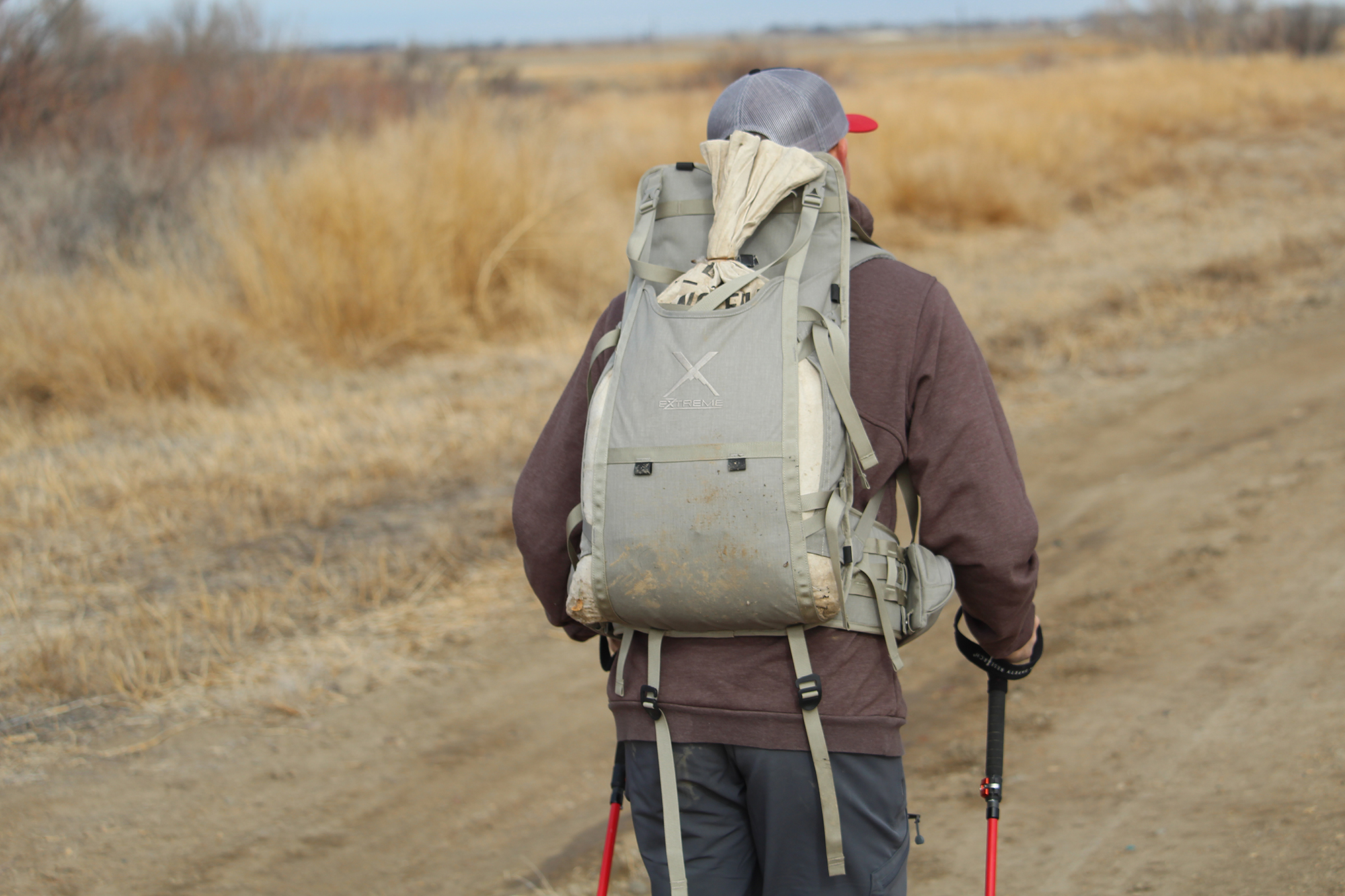
Start slow and keep the distance mild if you’re at the beginning of getting into hunting shape. The last thing you want is to injure yourself, and one of the best ways to get an injury is going too hard out of the gate. Get your body and muscles used to hauling the weight. I recommend you hike with trekking poles. Trekking poles allow you to engage your arms, provide stability, and help bring rhythm and cadence to each hike. Plus, you’re probably going to be using trekking poles during the packout on a hunt, so it’s worth practicing with them.
As you feel your body getting accustomed to the weight and you’re easily taking on 1/2- and 1-mile hikes, add 5 more pounds of sand, increase your hiking tempo, and extend your distance. When you can tote a 50-pound bag of sand on semi-flat ground at a pace of 17 minutes per mile for three miles, you’re ready for the mountains. The key is not overdoing it. It would be best if you only pushed the pace and hiked with max weight at max tempo once per week. All other hikes should be more casual. Shoot for a pace where you can still have a conversation without gasping for breath.
Train on Hills
You’re rocking now. The legs, back, and body feel great, and you’re full of confidence. Now is the time to start hitting the hills.
I like to find a long, gradual hill that climbs steadily for roughly a mile. I also look for a steep, short climb that’s no more than 1/4-mile. I want a total vert gain between 300 and 500 feet for the long climb. For the short climb, the steeper, the better. For hill climbs, drop pack weight back down to 25 pounds. Do the long climb once per week. Set a good pace as you ascend, and use the descent as recovery. You can make this mile ascent and mile descent trek as many times as you want like, but keep back and leg health in mind. If something starts to hurt, stop.
When it comes to the short climb, I prefer to do this workout a couple of times per week on the heels of an easy-day regular hike. Keep pack weight at 25-pounds, dig those trekking poles in and bomb up the hill. The goal is to get the heart rate up quickly. Push hard on the ascent. Please don’t hold your breath when it starts to hurt. Nasal breathing is excellent for moderate activity, but switch to mouth breathing when you’re pushing the pace. Only work on steep hills once you’ve got a high level of basic fitness. This exercise isn’t the first thing you should do off the couch.
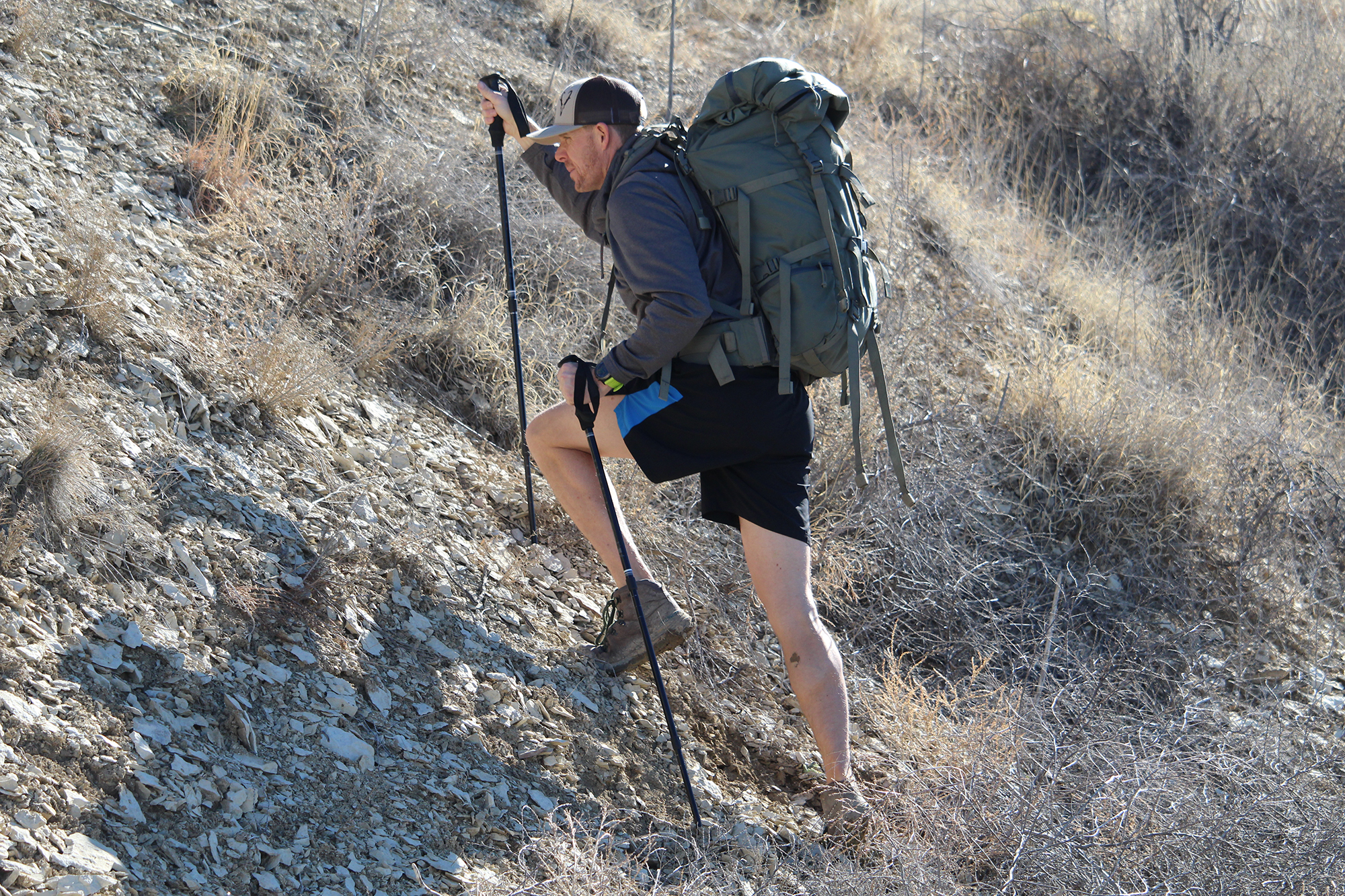
Train With Dumbbells
One of my favorite and most brutal backpack workouts is to do 50-yard walking lunges with a 50-pound pack and 25-pound dumbbells in each hand. I repeat lunges for 50 yards, ditch the pack and weights, and take a one-minute break. Next, I practice putting on a pack that’s loaded down with weight and then lunge another 50 yards. You can repeat this process as much as you would like, and you can easily modify it by reducing pack weight and going with lighter or heavier dumbbells.
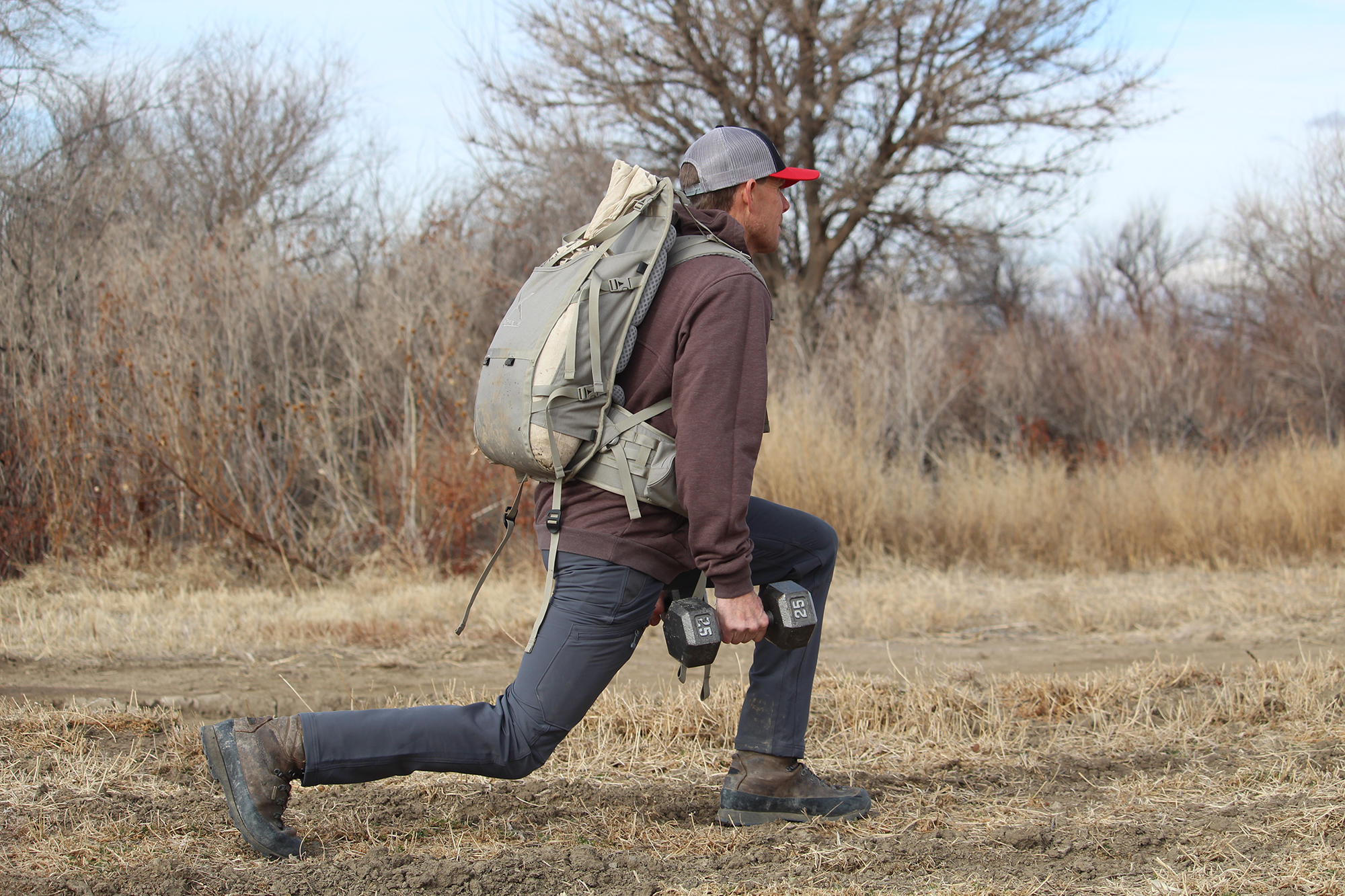
Dumbbells aren’t expensive. Scan Facebook or Craigslist, and you can usually find multiple dumbbells for under $100. That’s it—an inexpensive, casual way to get into backpacking shape for the fall. If you follow this program, even if you keep it super casual, you’ll quickly realize that you’re getting into excellent shape, and you’ll likely want to keep pushing for more. Enjoy the ride. Few things have boosted my success in the mountains like going into hunting season in top physical and mental condition.
